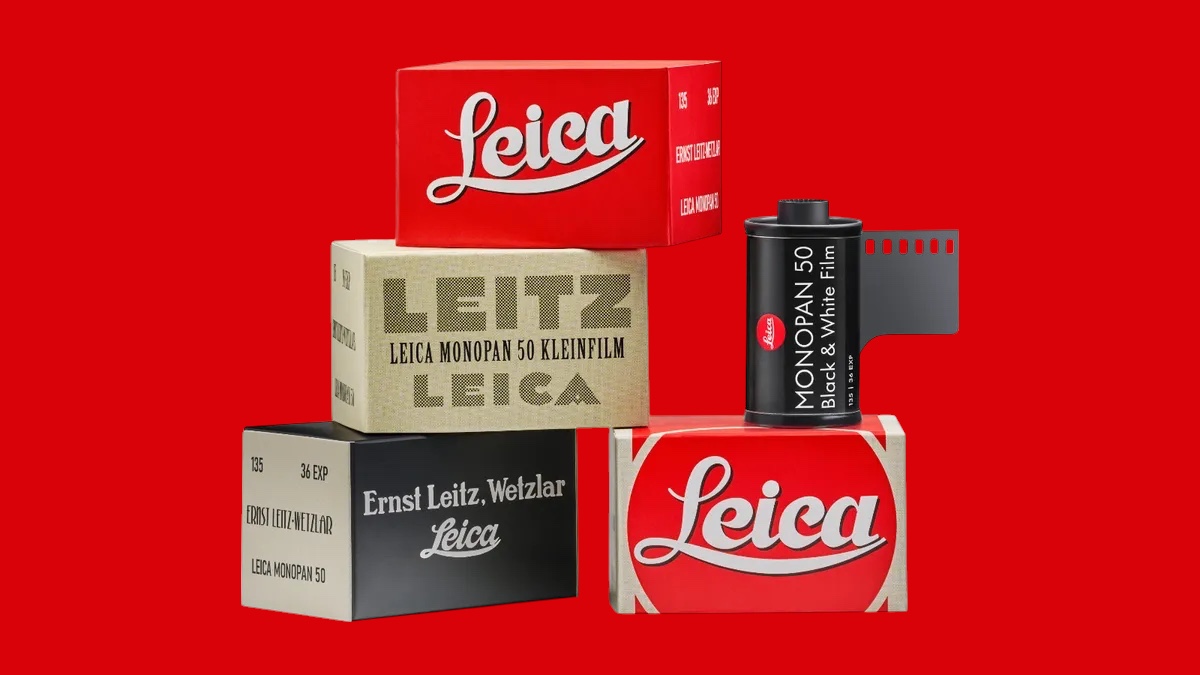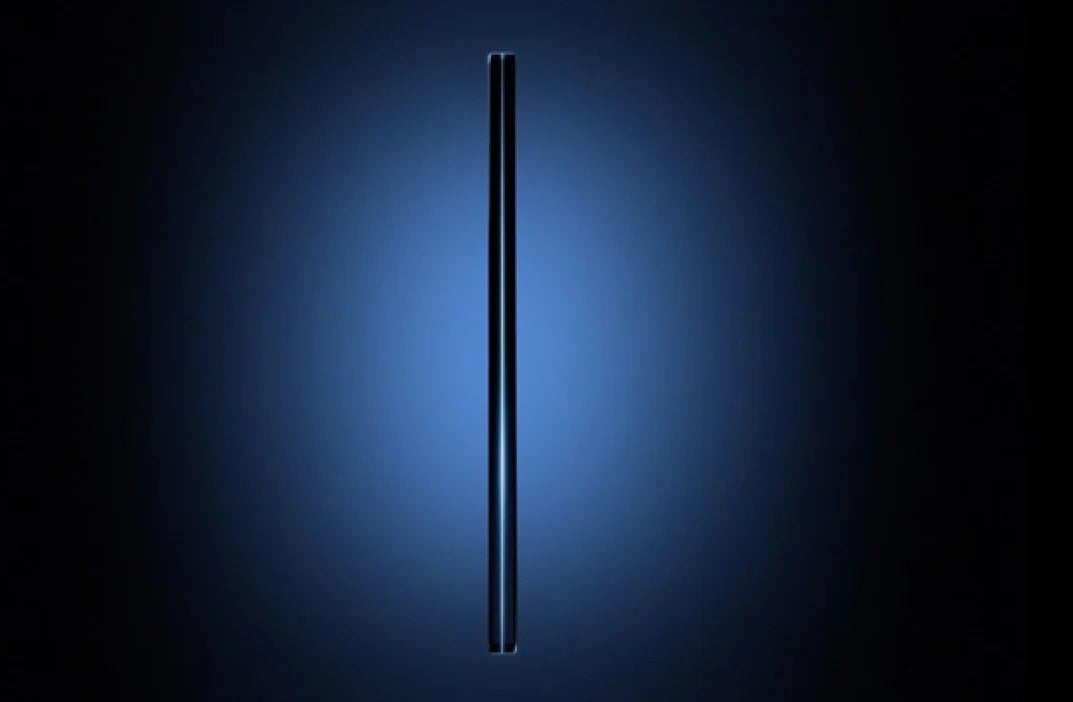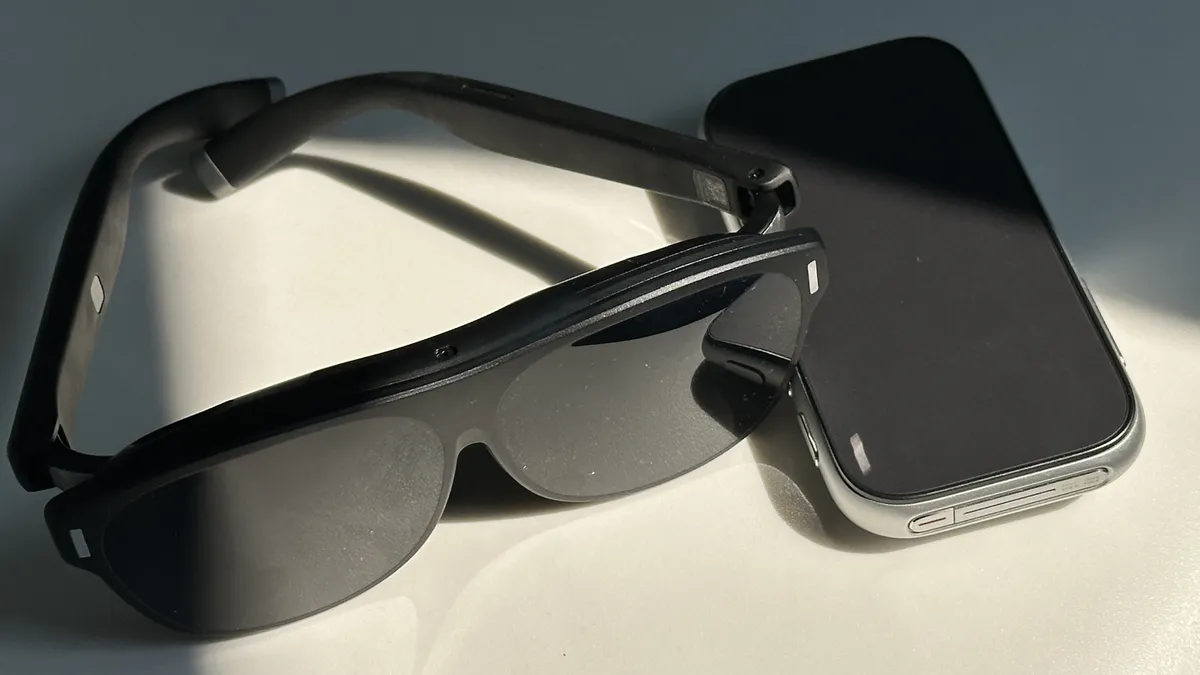Leica has entered the 35mm film market with a move that few saw coming—not just because it’s the first time the company has released its own film stock, but because of the price. The new Monopan 50 is a black-and-white film roll offering 36 exposures, priced at just £10 (roughly $13 USD). For a brand that typically caters to the high end of the photographic spectrum, this is an unusually modest entry.
Best known for its premium cameras and lenses, Leica’s name often evokes luxury rather than accessibility. Its digital models, such as the Q3, are engineering feats that carry equally weighty price tags—often upwards of several thousand dollars. Analog models like the MP and M-A maintain that standard, aimed squarely at collectors and dedicated purists. Against that backdrop, the launch of an affordable film roll marks a notable shift in tone.
The Monopan 50 isn’t just priced for accessibility—it also aims for quality. With fine-grain characteristics and a resolution reaching up to 280 line pairs per millimeter, the film is built to deliver detail-rich monochrome images. Its ISO 50 rating echoes the low-sensitivity films of Leica’s early days, aligning with the 100th anniversary of the original Leica I camera, which helped define the 35mm format.
Though it’s designed with Leica’s own film bodies in mind, Monopan 50 is compatible with any 35mm film camera. And that’s where its real appeal may lie: it opens the Leica name to a much broader audience. Whether used in a Leica M6 or a secondhand Nikon F, this roll of film offers a cost-effective way to experiment with Leica-branded materials without the brand’s usual financial commitment.
The release arrives at a time when analog photography is experiencing a quiet resurgence. Demand for film is up, vintage camera prices have risen, and manufacturers from Fujifilm to Pentax are doubling down on film-based products. Within this cultural shift, Monopan 50 feels less like a nostalgia piece and more like a timely response to evolving interests in photography.
More than just a commemorative product, it could signal a subtle repositioning for Leica—one that acknowledges the expanding and diversifying market of film users. Monopan 50 isn’t likely to revolutionize the brand’s place in the photographic world, but it does make a once-exclusive name a little more accessible. And for many, that’s more than enough reason to give it a shot.





